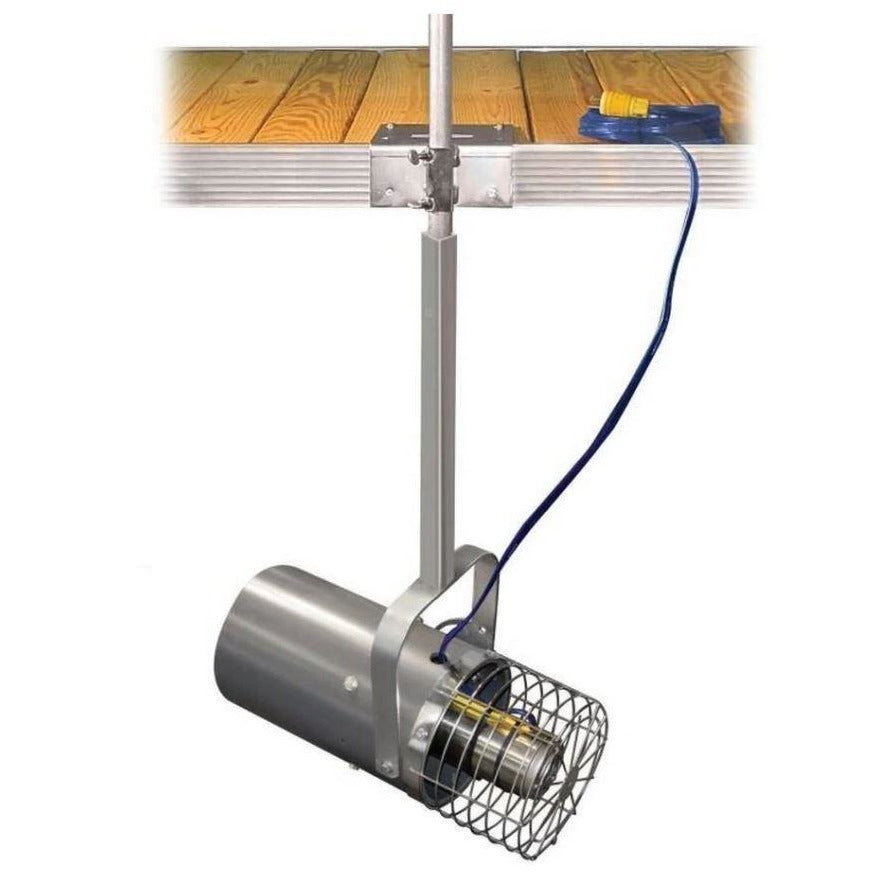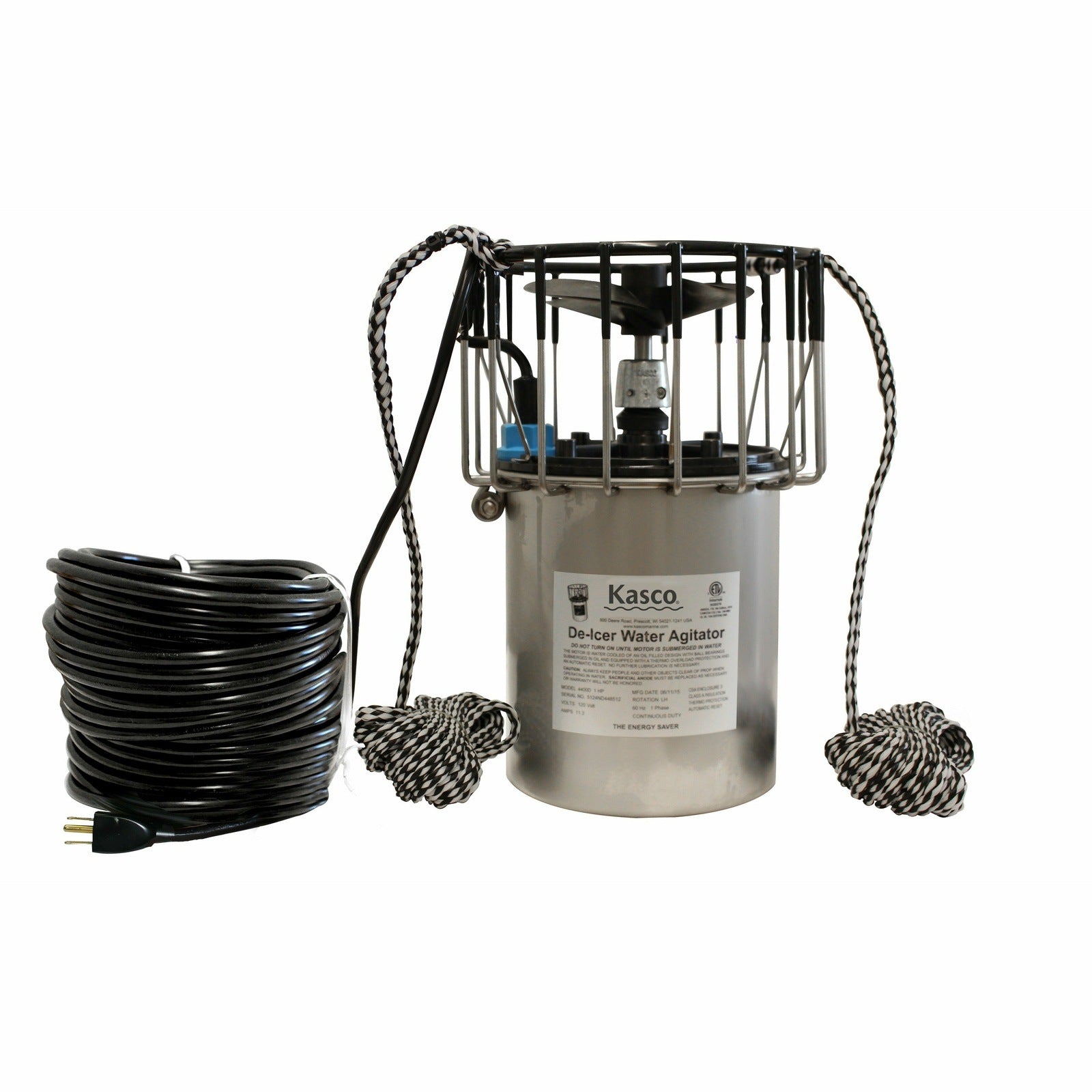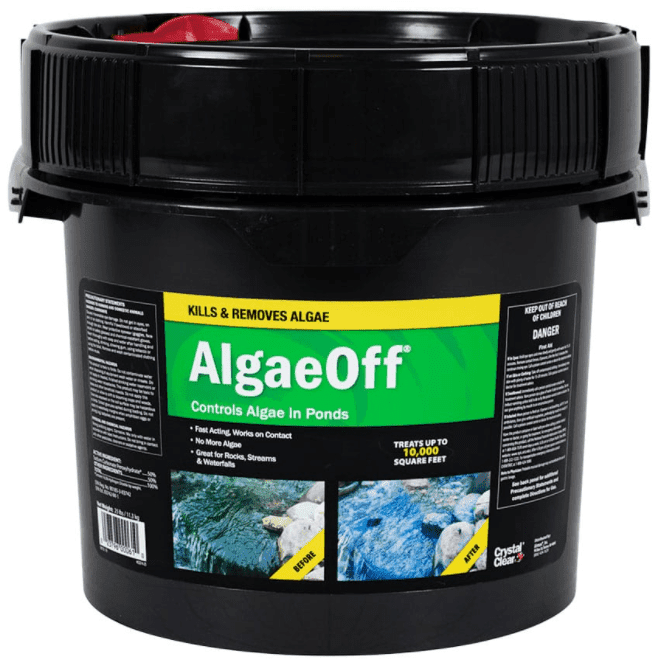Have you ever noticed tiny snails clinging to your beautiful pond lilies? These unexpected guests, often called pond snails, can leave you wondering if they're good or bad for your pond ecosystem.
While UV bulbs in filters have become a popular choice for keeping algae and blanketweed under control, pond snails used to be the go-to solution. These little creatures are surprisingly skilled hitchhikers. They can arrive on new plants, catch a ride on your pet turtle, or even travel from neighboring ponds or wetlands. Since completely preventing them from entering your pond is nearly impossible, the real question is: are they a welcome addition or a potential issue?
What are Pond Snails?
Pond snails are small freshwater gastropods commonly found in ponds, lakes, and other aquatic environments. They have a soft body protected by a spiral-shaped shell, which they use for protection and buoyancy. Pond snails come in various shapes, sizes, and colors, but they typically have a streamlined, cone-like appearance. These adaptable creatures play a crucial role in pond ecosystems by helping to control algae growth, breaking down organic matter, and serving as a food source for other aquatic organisms.
Origin and Habitat
There are many types of pond snails found in freshwater worldwide. The most common type, often referred to simply as "pond snail," is Lymnaea stagnalis.Pond snails are ancient creatures, evolved over 500 million years ago. This long history makes them highly adaptable and resilient.They can survive in various conditions, including temperature changes, harsh weather, and limited food. However, even these hardy snails have their limits. They can't tolerate poor water quality with high ammonia levels and still need food to survive.
Types of Pond Snails
The first thing to understand is that there are many different varieties of pond snails, each with its own role in the pond's ecosystem. Some of the most common types include:
- Ramshorn Snails: These recognizable spiral-shelled snails are excellent algae eaters, helping to keep your pond clean.
- Bladder Snails: These tiny, fast-breeding snails can become a nuisance if their population explodes, but they also contribute to algae control.
- Mystery Snails: These large apple snail relatives are popular for their interesting appearance and their voracious appetite for algae.
- Trapdoor Snails: These unique snails burrow into the pond substrate, keeping it aerated and healthy.
Now, let's explore the two main sides of the pond snail debate: their benefits and drawbacks.
The Good: Why Pond Snails Can Be Beneficial
Pond snails offer a number of advantages to your pond's health:
- Algae Control: Many pond snails are herbivores, meaning they feed on algae. This helps to keep your pond clean and prevents unsightly algae blooms.
- Waste Removal: Snails also consume detritus, which is decaying organic matter that can accumulate at the bottom of your pond. This helps to keep the pond clean and reduces the risk of ammonia spikes, which can harm fish.
- Substrate Aeration: Some species of pond snails, like trapdoor snails, burrow into the pond substrate. This helps to aerate the bottom layer of the pond, which is essential for healthy plant and fish life.
- Mineralization: As pond snails break down organic matter, they release nutrients back into the water column. These nutrients are then taken up by plants, which helps them to thrive.
The Bad: When Pond Snails Become a Problem
While beneficial in moderation, there can be downsides to having too many pond snails:
- Overpopulation: If left unchecked, some snail species can reproduce rapidly, leading to a population explosion. This can lead to competition for food resources and an imbalance in the pond's ecosystem.
- Plant Damage: While some snails primarily eat algae, others might also munch on your prized pond plants. This can be particularly problematic with delicate plants.
- Disease Carriers: In rare cases, some pond snails can carry parasites or diseases that can harm fish. However, this is not a common occurrence with the usual pond snail suspects.
Keeping Pond Snails in Check: Natural & Safe Methods
There are several natural and safe methods for controlling pond snail populations:
- Predators: Introduce natural predators like pea puffers or goldfish (be sure the goldfish are compatible with your other fish). These will help to keep the snail population in check.
- Manual Removal: Regularly remove excess snails by hand. This might not be ideal for large infestations, but it can be effective for small populations.
- Habitat Modification: Snails thrive in environments rich in organic matter. Reduce the number of decaying leaves and other organic debris entering your pond to make it less hospitable for snails. You can use a pond filter to get this done.
- Introduce the Right Plants: Providing a variety of aquatic plants will offer a natural food source for your pond snails, helping to control their population. Choose plants known for their fast growth or ability to deter snail grazing.
- Maintain a Healthy Pond: Regular water changes, maintaining proper filtration, and avoiding overfeeding your fish will help to limit algae growth and detritus accumulation – the primary food sources for pond snails. By keeping your pond clean, you can naturally discourage excessive snail reproduction. The easiest way to do this is to install a circulator, at the end of your dock or pier. You might also find them referred to as Muck Blower, Muck Blaster, dock bubbler, and Aquaticlear, all describing their function of improving water circulation. The water movement also increases oxygen which helps beneficial bacteria break down the muck, making it less hospitable for snails and other unwanted organisms.
So, Are Pond Snails Good or Bad?
The answer, like most things in life, is it depends. Pond snails can be a valuable addition to your pond, keeping it clean and aerated. However, if their population gets out of control, they can become a nuisance.
Here's a handy guide to help you decide if your pond snail situation is a cause for concern:
- Good: A small number of pond snails, with a variety of species present, is ideal for a healthy pond.
- Maybe: If you notice a single species rapidly multiplying, it might be time to take some action.
- Bad: A heavily populated pond with all the plants showing signs of damage is a clear sign you need to intervene.













